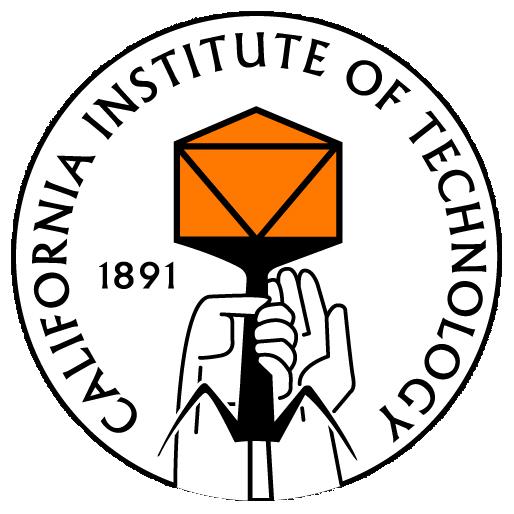|
This protocol is adopted almost verbatim from Oppenheim et al, 2004.
Recombineering
The strains used for recombineering carry a defective λ prophage containing the pL operon under control of the temperature-sensitive repressor cI857.
- The strain of choice is grown in a shaking water bath at 32°C in LB with 0.4% maltose to mid-exponential phase, A600 0.4–0.6 (30 ml is adequate for several recombineering reactions).
- The culture is harvested by centrifugation and resuspended in 1 ml TM (10mM Tris base, 10mM MgSO4, pH 7.4). The phage to be engineered is added at a multiplicity of infection of 1–3 phages/cell (we assume cell density of approximately 108/ml before concentration) and allowed to adsorb at room temperature for 15 min (this step would need modification for other phages, i.e., adsorption on ice).
- Meanwhile, two flasks with 5-ml broth are pre warmed to 32°C and 42°C in separate shaking water baths.
- The infected culture is divided and half inoculated into each flask; the cultures are incubated an additional 15 min. The 42°C heat pulse induces prophage functions; the 32°C uninduced culture is a control.
- After induction, the flasks are well chilled in an ice water bath and the cells transferred to chilled 35-ml centrifuge tubes and harvested by centrifugation at approximately 6500g for 7 min.
- The cells are then washed once with 30-ml ice-cold sterile water; the pellet is quickly resuspended in 1-ml ice-cold sterile water and pelleted briefly (30 s) in a refrigerated microfuge.
- The pellet is resuspended in 200 μL cold sterile water and 50–100 μl aliquots are used for electroporation with 100–150 ng PCR product or 10–100 ng oligonucleotide. (Oppenheim et al use a BioRad E. coli Gene Pulser set at 1.8 mV with 0.1-cm cuvettes.)
- Electroporated cells are diluted into 5 ml 39°C LB medium and incubated to allow completion of the lytic cycle.
- The resulting phage lysate is diluted and titered on appropriate bacteria to obtain single plaques. To screen for phages containing desired amber mutations in N and Q, the lysate can be titered in a double layer assay with amber suppressing and non-suppressing bacteria.
Oligonucleotide Design
We purchased our oligonucleotides from IDT with PAGE purification. The oligos were homologous to the N and Q gene regions to be mutagenized, and contained a single point mutation moving a tyrosine residue to an amber stop codon. The oligo sequences are given below, with the nucleotide introducing the point mutation capitalized.
Oligos targeting N for amber mutation
5'-tctcctgtcagttagctttggtggtgtgtggcagttCtagtcctgaacgaaaaccccccgcgattggcac-3'
5'-tcaatacgttgcaggttgctttcaatctgtttgtgCtattcagccagcactgtaaggtctatcggattta-3'
5'-ccactgcatgttatgccgcgttcgccaggcttgctCtaccatgtgcgctgattcttgcgctcaatacgtt-3'
Oligos targeting Q for amber mutation (courtesy of D. Court)
5'-ttagtatttccttcaagctttgccacaccacgCtatttccccgataccttgtgtgcaaattgcatcagat-3'
References
- Oppenheim AB, Rattray AJ, Bubunenko M, Thomason LC, and Court DL. In vivo recombineering of bacteriophage lambda by PCR fragments and single-strand oligonucleotides. Virology 2004 Feb 20; 319(2) 185-9. doi:10.1016/j.virol.2003.11.007 pmid:14980479.
|
